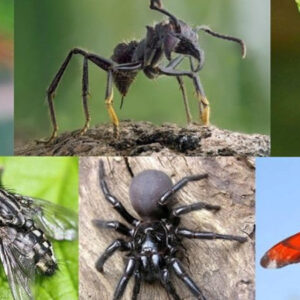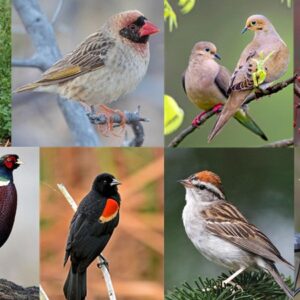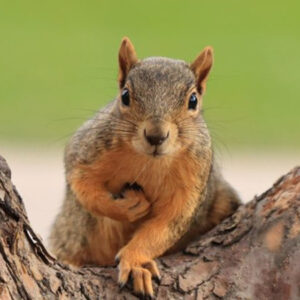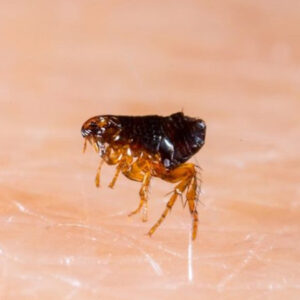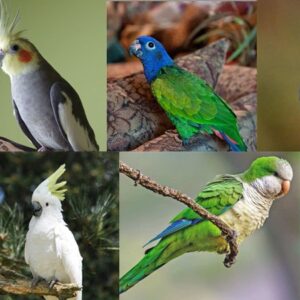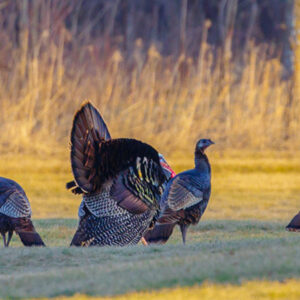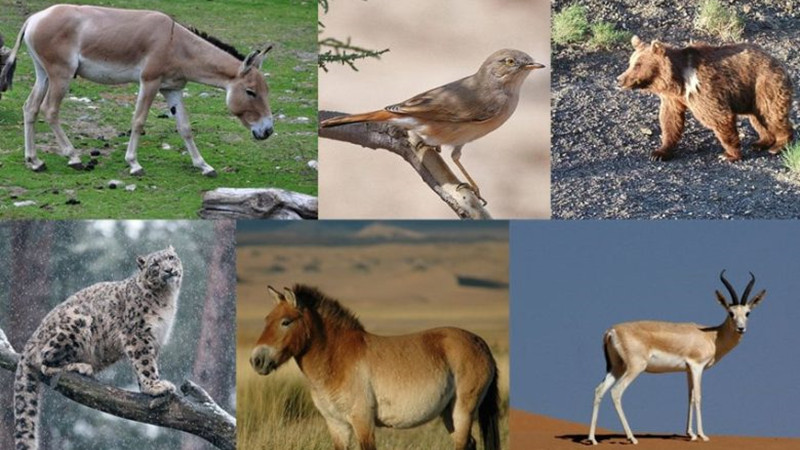
The Gobi desert may not be the most extreme desert in the world but that doesn’t mean it’s an easy place to exist. Minimal rainfall all year round means only the toughest species can survive on the limited food and water resources.
If you know where to look, however, you’ll find that the Gobi Desert is full of diverse wildlife. Because of the extreme conditions, the animals of the Gobi desert are unique even compared to their closest living relatives. Conservationists are still learning about the animals that live here and their unique characteristics.
11 Animals of the Gobi Desert
It’s estimated that the Gobi Desert has over 200 different animal species and 400 plant species. While this isn’t much compared to other types of habitats, such as the rainforest that has over 2,000 animals not including insects, it’s still a fairly rich area.
1. Mongolian Wild Ass

Image source: Pinterest
The Mongolian wild ass is a species of donkey that lives across several of the Gobi desert climates, including the desert, semi-desert, and desert-steppe. The Mongolian wild ass is also known as the Mongolian khulan. It was also known as the onager once, but this classification has been split into several subspecies of ass and no longer fits this one specific species.
Like the donkeys you’re familiar with, the Mongolian wild ass is a herbivore. This means they get all their nutrition from plant material like grasses and other ground shrubs.
A unique behavior that they have is the digging of holes to access groundwater. These holes are vitally important for herds of Mongolian wild asses as well as other life that may otherwise not have access to water.
This means that the species is considered vital in the Gobi Desert, as they provide water to several species. Without their presence, it’s likely the diversity in the region would decrease.
The Mongolian wild ass has the “near threatened” conservation status. There is pressure on the species from natural predators in the Gobi region as well as poaching by human hunters. They were once hunted by tigers native to the area as well, but the predator is now extinct.
2. Gobi Bear

Image source: Pinterest
Most people think that bears live in dense forests and colder climates but the Gobi bear does a great job of showing the resilience of life. These bears are the only ones in the world to have evolved to tolerate the harsh desert heat and are the rarest subspecies of brown bears in the world.
The Gobi bear is an omnivore like many other species, meaning it eats a varied diet of plants, berries, and sometimes small mammals like rodents. Some people theorize that Gobi bears prey upon larger animals as well but no evidence has yet to support these theories.
The latest count in 2022 determined that there were only 51 Gobi bears alive, making them critically endangered. While this seems low, it is a significant increase from official numbers back in 2017 and 2018 which counted just 36 individuals, meaning the population has hope of improving over time.
3. Central Asian Pit Viper

Image source: Pinterest
As the name implies, the Central Asian pit viper lives across a larger range than just the Gobi desert. From Turkmenistan in the west all the way to Korea in the far east, this venomous snake is found in several mountainous regions and in the Gobi Desert.
These pit vipers typically grow between 15 and 30 inches in size with a stout, thick body and a narrow neck that holds a triangular head. The colors of a Central Asian pit viper vary quite a bit which makes misidentifying them in the wild quite easy, and very dangerous. Usually, there are a few dozen dark brown or black crossbands across the length of a light brown or tan body.
The Central Asian pit viper loves rocky grasslands and dry shrubs in and around the Gobi desert. You’ll want to watch your step if you ever hike the area because this snake is known for the most snakebite incidents in northwest and north China.
4. Saxaul Sparrow

Image source: Pinterest
Sometimes people assume that any life in a desert must be a reptile like a lizard or snake to survive the heat but birds thrive in the relatively low competition of deserts and desert-like areas. The saxaul sparrow is one such example.
The saxaul sparrow earned its name because its diet largely consists of the seeds of the saxaul shrub. These birds also eat other seeds and some insects but if you want to catch sight of these shy birds, you have the best luck around a saxaul plant. The only time they really leave is for water, when they will fly great distances for just a single drink.
Although populations of saxaul sparrows are isolated in pockets around the deserts of the Gobi, they aren’t in danger of going extinct any time soon. In fact, the International Union for Conservation of Nature (IUCN) determined that these birds were of “least concern”.
5. Snow Leopard

Image source: Pinterest
You might think it’s impossible for an animal with “snow” in its name to live somewhere where it doesn’t snow or snows very little. However, snow leopards have been sighted several times in the Gobi Altai mountains in and around the desert. The high elevation of these slopes combats the heat of the sun and the temperature drops dramatically at dawn and dusk when these big cats are most active.
Snow leopards are carnivores and actively hunt their prey. Most of what they eat consists of various species of mountain goats, ibexes, and sheep. A single Himalayan blue sheep can sustain an adult snow leopard for up to two weeks.
Most of what threatens this apex predator is illegal poaching for snow leopard furs and skins. Climate change also shrinks their range, making the species more vulnerable and driven to interact with humans more. Even so, the IUCN listing is only “vulnerable” and these big cats are easy enough to scare away from livestock herds.
6. Asian Desert Warbler
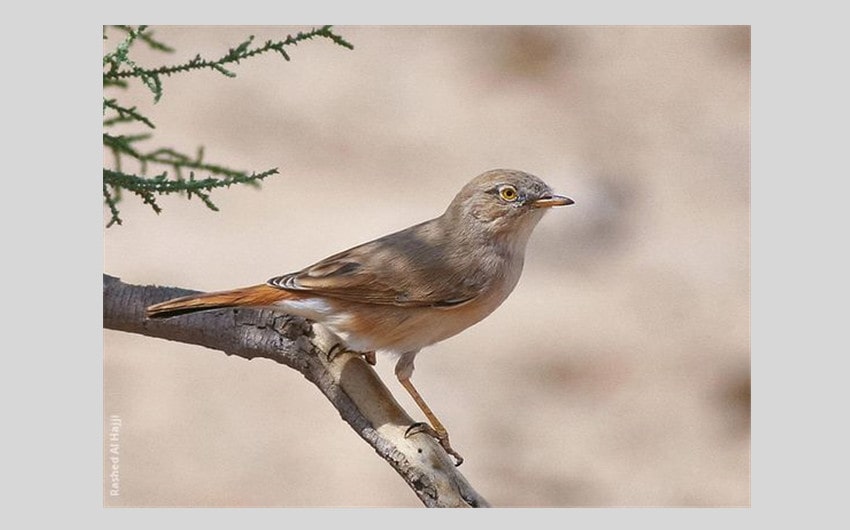
Image source: Pinterest
While the saxaul sparrow is one of the larger sparrow species in the world, the Asian desert warbler is one of the smallest warblers. In fact, it is second only to the African desert warbler which was thought to be the same species as the Asian desert warbler for a long time.
The steppes of the mountains in the Gobi desert are a bountiful playground for the Asian desert warbler as it feeds off insects along the ground with few threats.
As improbable as it seems, the Asian desert warbler has been sighted outside of its typical arid range as far as Great Britain. While some of its fellow warblers have only just recently recovered from endangered standings, the Asian desert warbler enjoys a fairly steady “least concern” evaluation.
7. Goitered Gazelle

Image source: Pinterest
Also known as the black-tailed gazelle, both of these names are derived from the physical characteristics of the species. The signature black tail is easy to recognize but only during the mating season do males exhibit the goiter-like growth around the neck and throat.
These gazelles, specifically the Yarkand gazelle subspecies, are often found around the grassy steppes in areas of the Gobi although they migrate from season to season. These migrations involve walking around 18 miles each day in the winter and as short as half a mile in the summer. The search for water and food is often a driving factor in these migrations and influences how far the species travels.
Goitered gazelles are herbivorous and often seen in large herds eating grasses, shrubs, and herbs. Unlike other gazelle species, the goitered gazelle doesn’t leap into the air as it runs and instead sprints at full pace entirely on the ground. Goitered gazelles are currently listed as “vulnerable”.
8. Gobi Jerboa

Image source: Pinterest
These tiny rodents are highly adapted to life in the extreme heat of the Gobi desert. Their numbers are still focused in vegetated areas which means food and water aren’t necessarily scarce but their bodies have adapted to excel anyway.
The first thing you notice about this species is the ears. Gobi jerboas have huge ears, about three times as big as its head. This gives the species incredible hearing to protect them from sneaking predators. They also serve as a way for the Gobi jerboa to regulate body heat. The many blood vessels in the ears allow the body’s warm blood to cool somewhat before returning to the rest of the body.
The species is listed as “least concern”. You might think that these rodents still have to deal with predators, but that isn’t the case. There are no major threats to these furry critters according to all of the data. Most of this is just based on the limited data of the species, which is filled with a lot of gaps, including their natural life cycle. There have only ever been 163 recorded instances of encounters since the species was discovered in 1925.
9. Steppe Rat Snake

Image source: Pinterest
Commonly known as Dione’s rat snake, this snake is widespread across a multitude of habitats and countries. These non-venomous snakes are found in areas from freshwater wetlands right into the thick of the Gobi desert which is rather curious since there are no accepted subspecies to explain their distribution.
Steppe rat snakes are unique compared to many other snakes because when they hatch they are larger than most other hatchlings. Despite their large sizes at birth, adults grow to no more than 48 inches in length and usually establish some sort of territory wherever they hatch.
The IUCN lists the steppe rat snake as “least concern”. It’s easy to see why when you consider the snake usually only needs one good meal a week and is spread over such a large and varied geographic range.
10. Wild Bactrian Camels

Image source: Pinterest
The Bactrian or Mongolian camel is distinguished from its cousin the Arabian camel by its two large humps. The vast majority of the Bactrian camel population is domesticated and has been used mostly as a means of transportation.
Wild Bactrian camels are closely related to domesticated Bactrian camels and were once thought to be domestic Bactrian camels released into the wild. However, despite the similar name, wild Bactrian camels are a separate species that diverged from what became the domesticated variety well before camels were even domesticated.
Wild specimens are usually more slender with smaller humps and less hair than domesticated camels. This may speak to how hardy the wild Bactrian species is since they weren’t cared for by humans.
Unfortunately, the wild Bactrian camels you can see in the Gobi desert are critically endangered with about 1,000 individuals remaining. Climate change is a big reason why but there are also a few dozen poaching cases each year.
11. Przewalski’s Horse

Image source: Pinterest
There’s more to this horse than its unique name. Przewalski’s horse is the last remaining subspecies of wild horse on the planet and came back from the brink of extinction. These horses were actually extinct in the wild, just one step above being completely extinct.
Thanks to international conservation efforts and captive breeding programs, Przewalski’s horse populations were reintroduced to their natural habitat around the steppes of the Gobi desert. Although the species is recovering, they are still listed as “endangered”.
In addition to their amazing comeback, these horses are unique in stature. Instead of the large and tall appearance of most horses, Przewalski’s horse is shorter and stockier. Przewalski’s horse can mate with domesticated horses and produce fertile offspring which is highly unusual.


